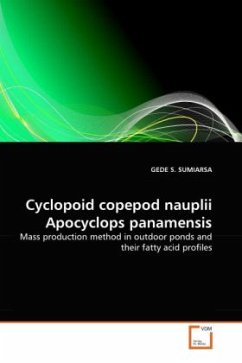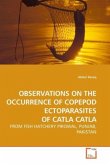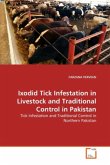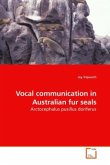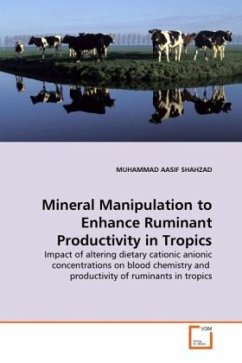Live feed supply for initial feeding has been a major bottleneck in marine finfish hatchery around the world. Rotifers and fertilized oyster eggs (trocophores) have been widely used although with limited nutritional content and water quality concern. On the other hand, copepod nauplii are claimed by many workers to have prime nutritional content as well as tiny size to be the best for initial feeding of many marine finfish larvae, however, its advantages are hampered by limited production amount. Laboratorial scale copepod nauplii production procedures have been reported by many workers but the numbers are often insufficient for commercial scale finfish hatchery. This book contains procedures for mass production of cyclopoid nauplii Apocyclops panamensis in brackishwater ponds with their fatty acid assessment for use in commercial finfish hatchery.
Bitte wählen Sie Ihr Anliegen aus.
Rechnungen
Retourenschein anfordern
Bestellstatus
Storno

